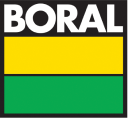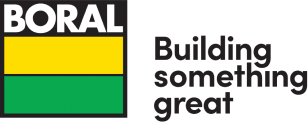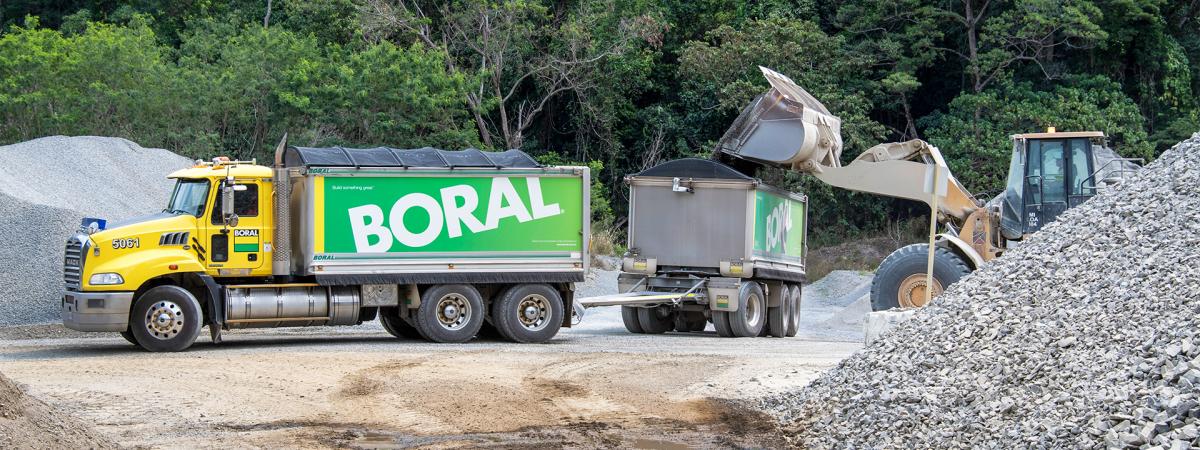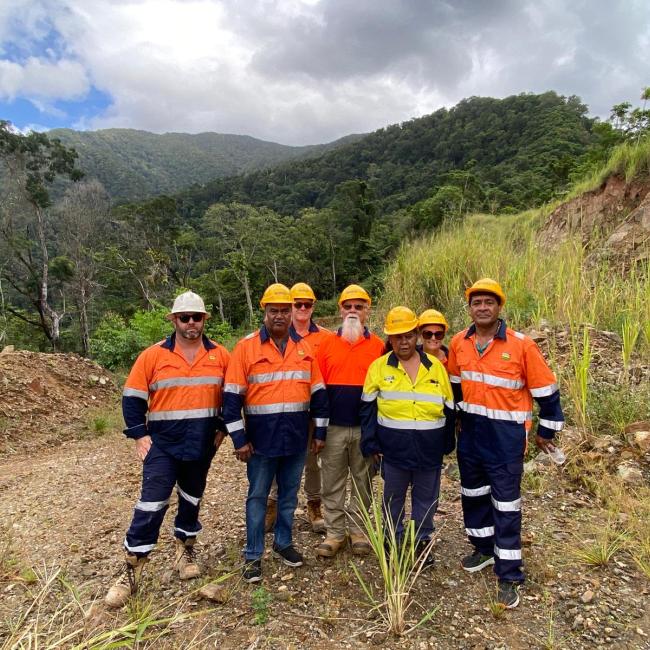Redlynch quarry commenced formal operation in the 1980’s and Boral has been operating the quarry for over 3 decades.
The site was approved for extractive industry operations by Mulgrave Shire Council in 1990. The 1990 approval has been amended on three separate occasions and the most current Decision Notice is dated 18 November 2020.
In June 2024, Boral commenced work on the main ridgeline from the top of the hill and will be progressively working in a downward direction to minimise the noise impact on the surrounding community.
This new work will be seen by nearby residents for a short time. We will be working a maximum of three benches at a time and once each bench is completed, Boral will commence immediate rehabilitation of these benches to minimise visual impact on the surrounding community.
All work is conducted in accordance with current planning and environmental approvals and in line with our operating licence. The quarry resource consists of two rock units, granite & meta-greywacke. The material is very hard being unweathered, unaltered, durable and robust.
The high quality quarry products are used for concrete aggregates, sealing aggregates, armour rock and road base products.
To facilitate open and transparent communication with our immediate neighbours and Government representatives, Boral established the Redlynch Quarry Liaison Group in 2008.
This proactive engagement ensures that Boral can minimise any impacts on their neighbours, and in many cases, work with them on common solutions.
To communicate to the broader community, in the past, we have sent out newsletters via mail box drop, but as part of our sustainability objectives, we have now switched to a more environmentally friendly way of communicating and refer everyone to visit our web site instead.
Rehabilitation Management Plan
In accordance with our current planning and environmental approvals, Boral will progressively work the main ridge line from the top of the hill in a downward direction (“top down” extraction program) where new quarry benches will start at the top of the hill and then progressively worked down to the current pit level to minimise the noise and visual impact on the surrounding community.
The haulage route has been re-established and the next phase of works involves vegetation clearing to open up the first three benches, to allow for extraction to commence in accordance with current conditions.
Dust Management at Boral
The safety of our people – our employees and contractors – is always our number one priority and part of our Zero Harm safety goal.
Our Dust Management Framework
We take very seriously our commitments and responsibilities to manage dust across all of our sites.
We strive to lead the way through a comprehensive dust management framework informed by our ongoing work with specialists and regulators to help ensure we are using modern management practices and dust control technologies to keep our people safe and healthy while at work. This includes occupational hygiene monitoring and personal health surveillance.
Like many in our industry and related industries, monitoring of respirable dust (RD) and respirable crystalline silica (RCS) is an established practice in place for many years.
At Boral, we undertake static dust monitoring, personal exposure monitoring as well as regular environmental (boundary) monitoring at relevant sites.
Static dust monitoring and personal exposure monitoring helps us to better understand where potential risks to our people exist and if additional measures are required. Health surveillance includes respiratory function tests and chest x-rays by a specialist radiologist accredited in occupational lung health. Under current regulations, health surveillance must be conducted at least every five years.
We continue to monitor and review our dust management approach and will work collaboratively with regulators and government to make sure our controls meet and, where possible, exceed required standards to safeguard the health and safety of our people.
The deposit is a resource of regional significance for Far North Queensland and as such is recognised as a Key Resource Area under the State Planning Policy. Link to KRA maps
KRAs will be protected from incompatible land uses through the development assessment by ensuring development in the KRA is compatible with the extraction, processing and transport of extractive materials to markets.
KRA encompasses:
- the extractive resource and on-site processing area;
- the associated transport route, usually a road haulage route;
- a separation area around the resource and processing area and the transport route.



